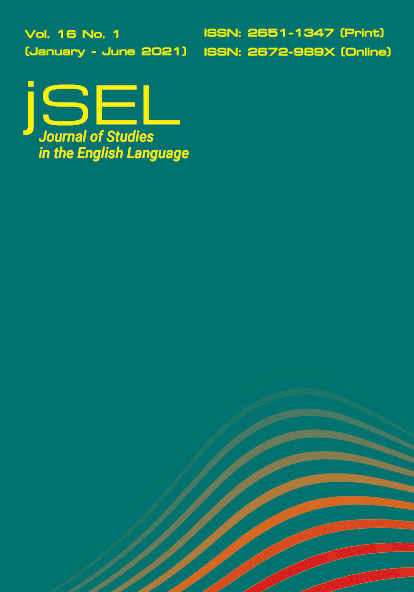Disorientation and Detection: Paul Auster’s In The Country of Last Things
Main Article Content
Abstract
Paul Auster, in his second novel, In the Country of Last Things, invites us into a dystopian vision of the future where Anna Blume, our protagonist, narrator and amateur sleuth, leaves her home to enter the country of last things to search for her missing brother. She searches this unfamiliar land for clues, but is met with uncertainty, confusion and failure. This paper will investigate Paul Auster’s novel In the Country of Last Things as a work of metaphysical detective fiction. It will do this by examining how Auster undermines classical detective tropes by employing elements of the metaphysical genre and, in doing so, highlights the strained and complex relationship we have with knowledge and knowing. The purpose of this analysis is to highlight the connection between the metaphysical detective genre and its influence on Auster’s novel. This study serves two purposes: (1) to explore the reasons why Auster has subverted some of the common detective genre tropes, (2) to investigate the effect of this subversion and how it influences how we read the narrative, and (3) to explore the implications of representing the world this way. The importance of this analysis is found in Auster’s warning about trying to read the postmodern world and the complexity and confusion we find when we do so. Thus, this analysis highlights Auster’s manipulation of detective fiction and points towards further research into the author’s use of this device in his later fiction.
Article Details
References
Auster, P. (1987). In the country of last things. Viking Penguin.
Bernstein, S. (1999). "The Question Is the Story Itself": Postmodernism and intertextuality in Auster’s New York. Trilogy. In P. Merivale & S. E. Sweeney (Eds.), Detecting texts: The metaphysical detective story from Poe to postmodernism (pp. 134-154). University of Pennsylvania Press.
Brownson, C. (2014). The figure of the detective: A literary history and analysis. McFarland.
Chandler, R. (2006). The simple art of murder. Vintage Books.
Hoffmann, G. (1994). From modernism to postmodernism: Concepts and strategies of postmodern American fiction. Rodopi.
Holquist, M. (1971). Whodunit and other questions: Metaphysical detective stories in post-war fiction. New Literary History, 3(1), 135-156. https://doi.org/10.2307/468384
Jameson, F. (1991). Postmodernism or the cultural logic of late capitalism. Duke University Press.
Lucy, N. (2009). Structure, sign and play in the discourse of Paul Auster's in the country of last things. Angelaki: Journal of Theoretical Humanities, 14(2), 21-28.
Merivale, P., & Sweeney, S. E. (Eds.). (1999). Detecting texts: The metaphysical detective story from Poe to postmodernism. University of Pennsylvania Press.
Spanos, W. (1972). The Detective and the boundary: Some notes on the postmodern literary imagination. Boundary 2, 1(1), 147-168. https://doi.org/10.2307/302058
Tani, S. (1984). The doomed detective: The contribution of the detective novel to postmodern American and Italian fiction. Southern Illinois University Press.


